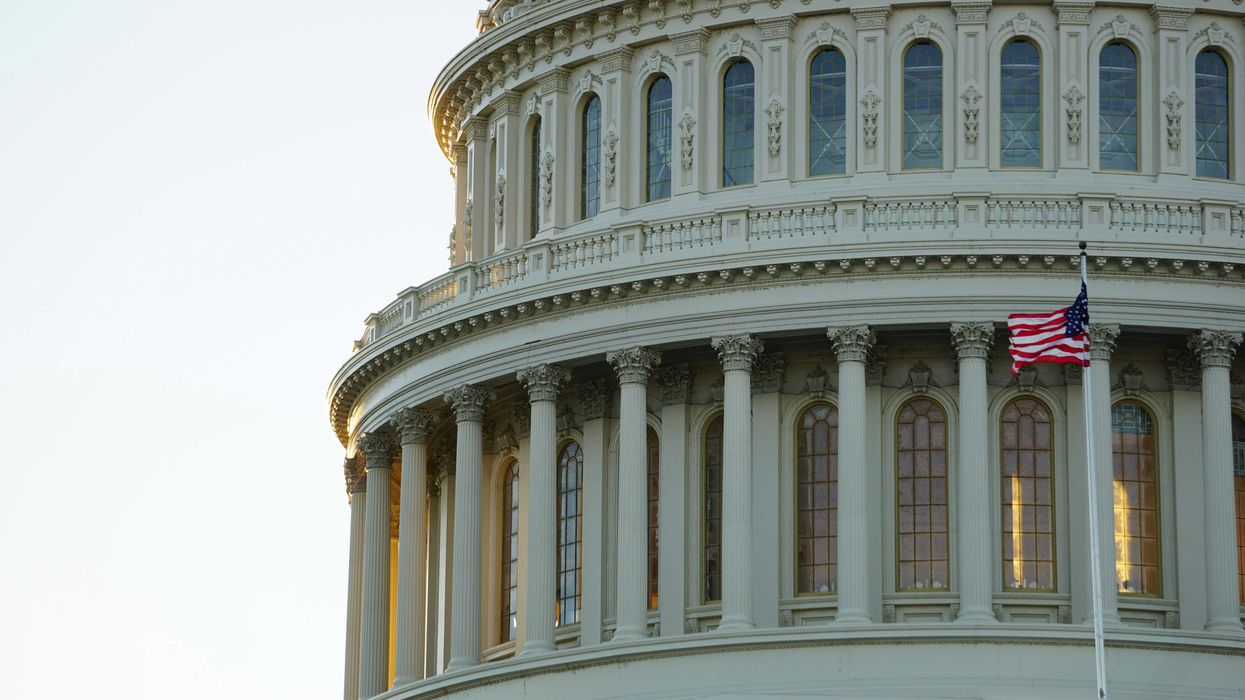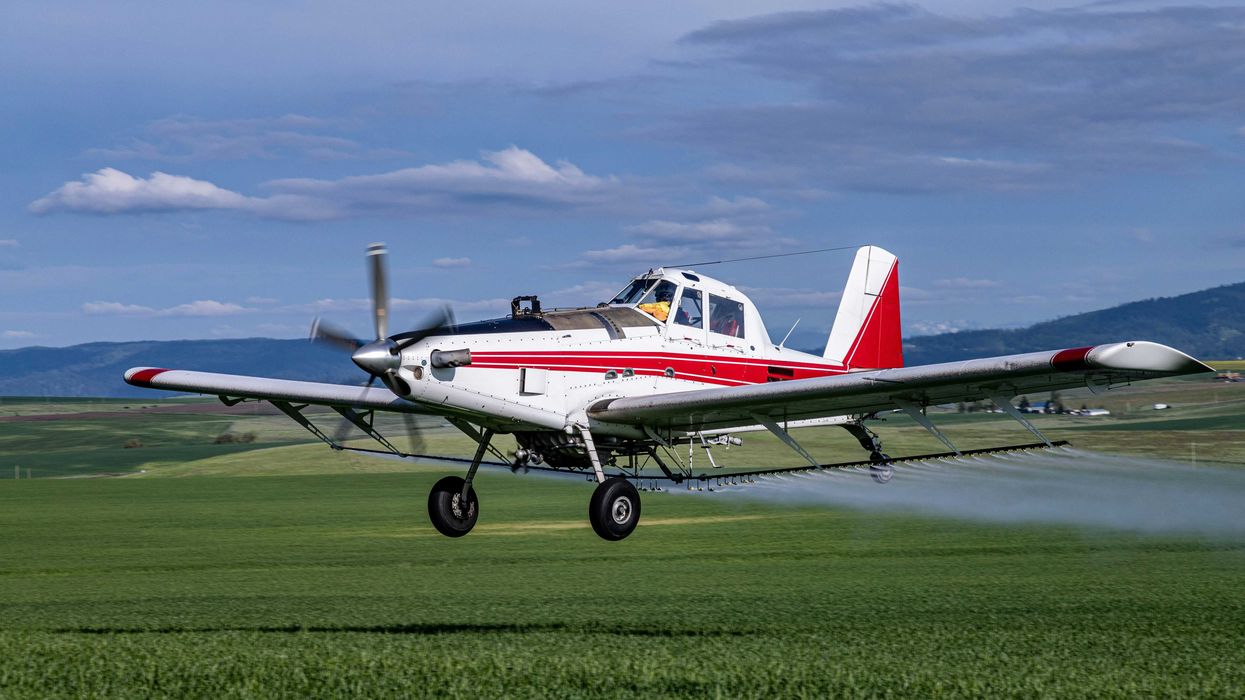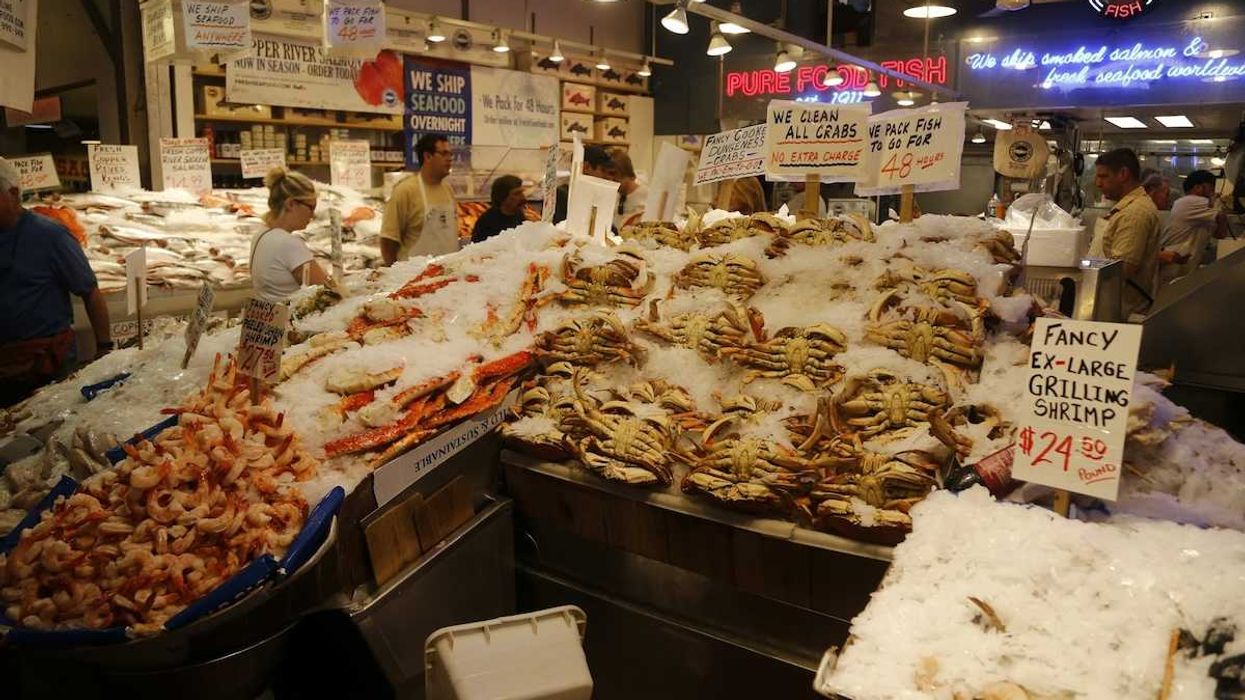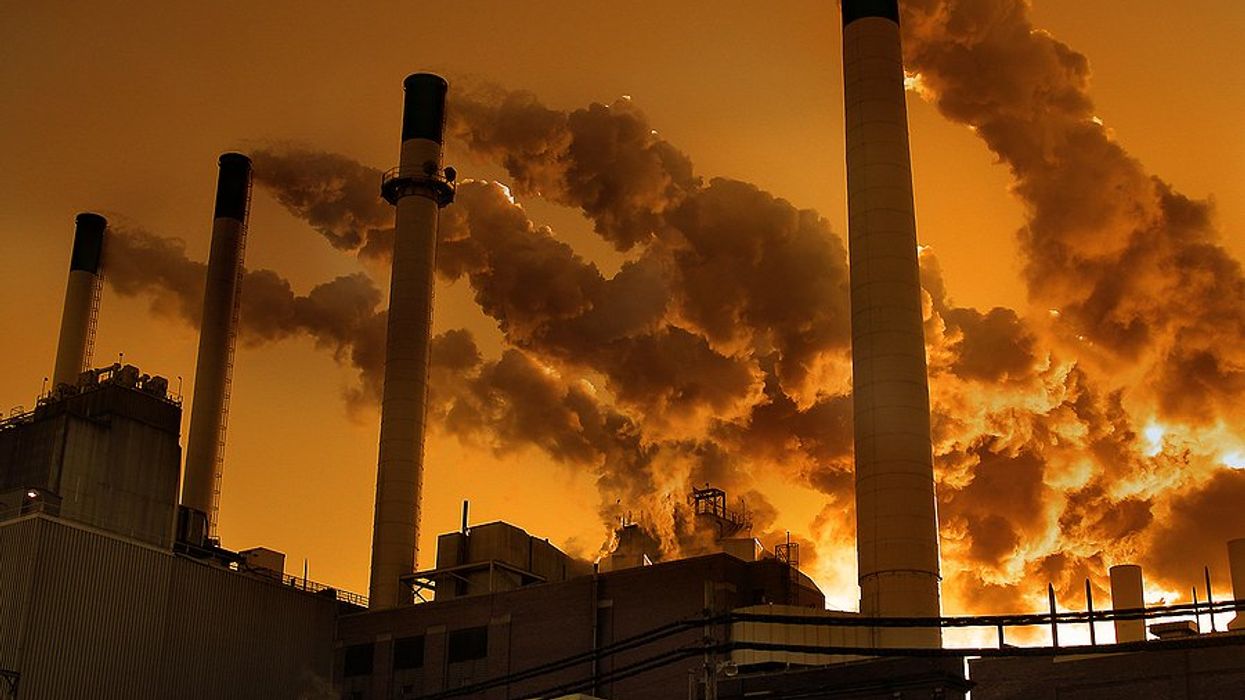As global heatwaves intensify, animals are increasingly unable to cope, leading to widespread deaths and altered behaviors.
Beatrice Christofaro reports for DW.
In short:
- Extreme heatwaves are causing mass die-offs in various animal species worldwide, from howler monkeys in Mexico to Magellanic penguins in Argentina.
- Animals, such as koalas and bears, are adapting their behaviors to cope with the heat, but it is unclear if these changes are sustainable long-term.
- Birds are particularly vulnerable due to their poor cooling mechanisms, leading to significant population declines in areas like the Mojave Desert.
Key quote:
"This effect that climate change and extreme heat has on the living world really gets worse the less of the living world that we have left."
— Andreas Nord, ecologist at Lund University.
Why this matters:
The ripple effects of extreme heat extend far beyond the immediate loss of animal life. Ecosystems are being thrown out of balance, with predator-prey dynamics shifting and plant life also suffering. The same heat waves that are devastating wildlife are also a direct threat to human populations. Read more: Solving the climate crisis will help both ‘sacrifice zones’ and ‘cute’ puffins.














